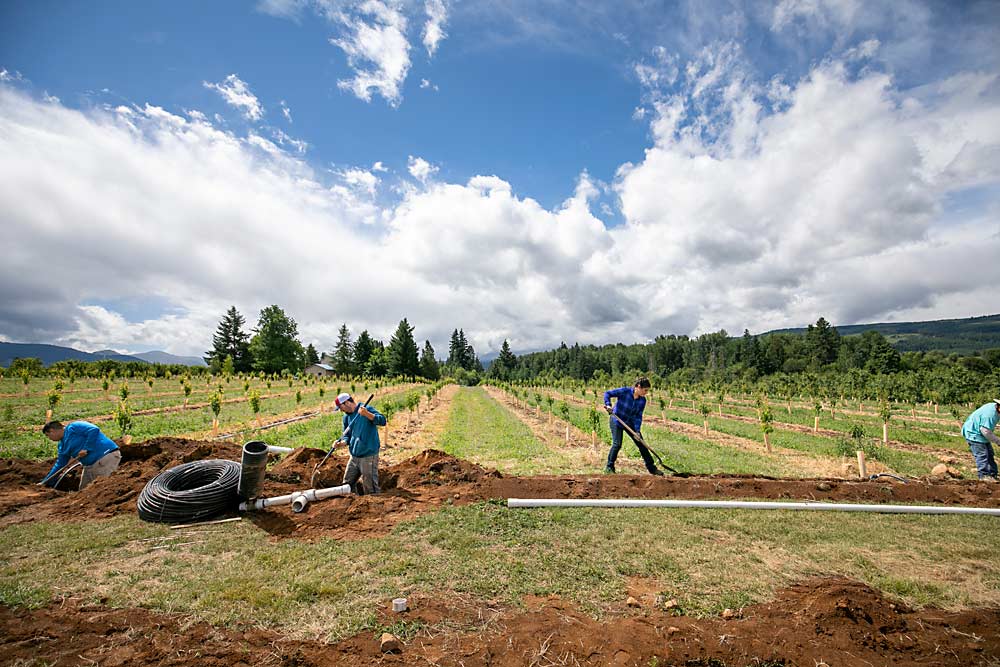
A new report by Oregon State University agricultural economist Clark Seavert contains some sobering conclusions for pear growers.
Based on data gathered from growers in northern Oregon, neither medium- nor high-density plantings at today’s prices and costs will create long-term profitability, he concluded. Even though the high-density model’s 519 trees per acre reach production in Year 3 and yield 50 bins an acre in Year 8, each returning $250, the model falls short of recouping all the establishment expenses.
But take heart, he said: “It’s not all doom and gloom.”
Indeed, pears are in a tough place with a lack of dwarfing rootstocks, stagnant prices, and few new varieties to excite shoppers. Once considered a stable, steady income generator, especially compared to cherries, some growers now see pears turning into a potential liability.
But Seavert’s 2021 enterprise budget, released in August for medium-density and high-density Bartletts and Anjous in Hood River County, assumes a grower is brand-new and entering the game at Level 1. Some of the costs he factors in may not apply to established, multiple-generation growers.
For example, he assumes $3,805 per acre per year for amortization of the significant costs it took to get an orchard to full production. Many growers just pay for those costs from annual cash flows or reserves, without accounting for the previous seven years’ expenses when determining break-even prices and yields.
But they should consider doing so, he said. An outside investor starting a new orchard would, and that’s how Seavert analyzed expenses and returns of his hypothetical orchards.
Veteran growers don’t always need to do that. They’re already invested and can take a different perspective. Meanwhile, wealth managers and investors aren’t knocking on doors of pear growers the way they are with apple growers in Washington’s Columbia Basin.
“They have to look at their business as somewhat of a lifestyle,” Seavert said. “Because if they didn’t, they wouldn’t be in it.”
Seavert based his model budget on Hood River, but growers in Medford, another Oregon pear region, or anywhere else in the country, could use it if they modify their assumptions. For example, producers from Medford, who grow a lot of Comice, may swap varieties and the respective prices they fetch.
For planning, not panic
Herbie Annala, a fourth-generation grower from Hood River, rejoined his family farm about 15 years ago. By that time, his parents, Bev and Tim, had already brought it into profitability. Since then, the only loan the family has taken was for worker housing. They have not had to borrow operating capital, using cash flow to invest in new orchards. They have raised some of their own nursery trees to help make that work.
Someone new wouldn’t have such a head start.
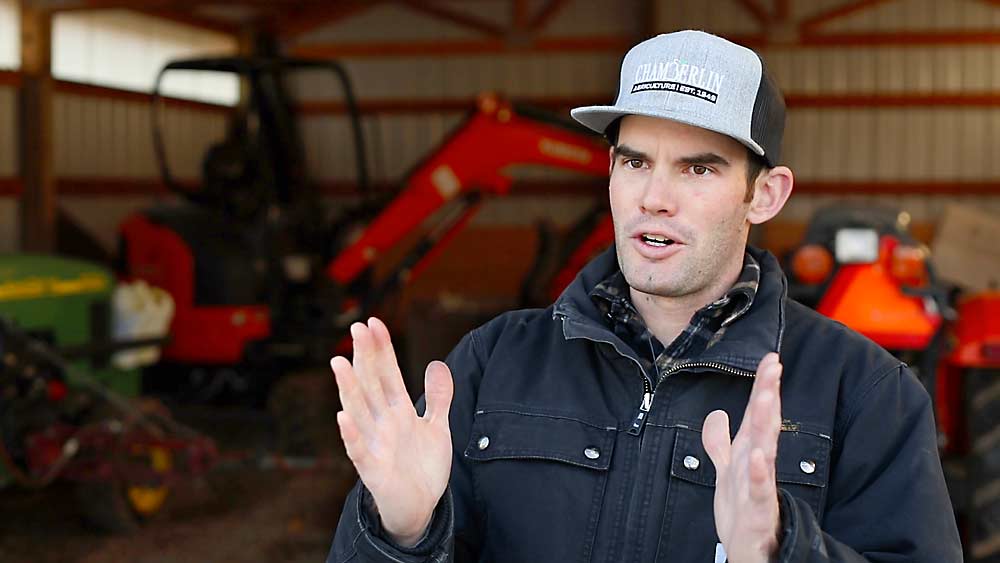
“I can see how it would be extremely difficult for somebody who’s starting from scratch to get into the industry,” Annala said.
The family has taken out their cherries and wine grapes and now exclusively farms pears, planting new vertical trellises in 2019 and 2020. Annala has plans for new orchards in 2022 and 2023.
Generally speaking, Annala considers full production to start in six or seven years, but within four or five years the new orchards will surpass the yields of the blocks they replaced. He spaces at 726 trees per acre, higher than Seavert’s high-density assumption of 519.
Growers should use Seavert’s budget as a planning tool, not as a template to copy or as fuel for hopelessness, said Ashley Thompson, OSU’s tree fruit extension specialist in The Dalles and Hood River.
Thompson helped Seavert with the enterprise budget by gathering several growers to help him come up with the “assumptions” — underlying costs and figures on which he bases revenue projections. They certainly aren’t universal.
Seavert’s model farm is 70 acres, a mix of 30 acres of winter pears, 20 acres of fresh market Bartletts, 5 acres of medium-density apples, 5 acres of cherries or wine grapes and 10 acres under redevelopment or not yet in production, all sitting on land valued at $15,000 an acre. The farm has three wind machines, a $300,000 worker housing facility on a 30-year loan and microsprinkler irrigation that cost $2,100 per acre and has a 32-year life expectancy. Seavert’s budget includes the equipment, fuel costs, the labor, the interest on operating loans and more.
“With tools and models and all of that stuff, it’s never going to apply to you completely,” Thompson said.
Growers in the Hood River Valley, especially younger ones, are high on high-density, trellised orchards as a way to enable the mechanization of the future and reduce the need for hand labor that is more expensive every year, Thompson said.
“A lot of our growers here do view high-density as how we’re going to farm in the future,” she said.
The challenge is that the efficiencies offered by higher density, such as mechanization, have yet to be realized, Seavert wrote. His proposed solutions are to focus on maximizing profit by boosting prices and increasing yields in early years. Approaches or technology that increase early yield or overall efficiency can pay off, while growers might be wise to remove their least productive blocks, he wrote.
Yesenia Sanchez Oates is planting high-density on her Hood River farm.
To her, Seavert’s analysis just illustrates the importance of a solid business and management plan, as well as the need for new varieties to excite consumers and boost returns. That’s one of the main platforms of her advocacy within the industry.
“Margins are razor thin while costs continue to skyrocket,” she said in an emailed statement. “Most pear growing operations are family businesses, like ours, facing the bleak economic reality in this study. Growers must innovate to increase efficiencies in our operations. Our background in high-tech and horticultural experience gives us the confidence that innovation is possible. However, success for pears will require grower advocacy in the industry.”
—by Ross Courtney

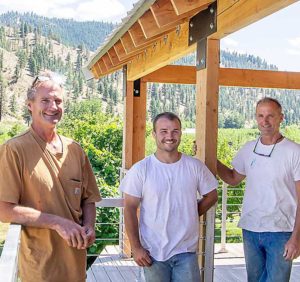
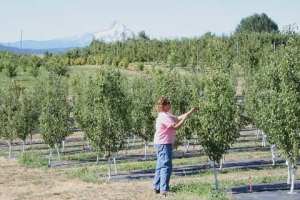
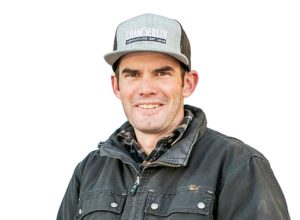
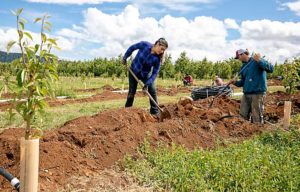





Leave A Comment